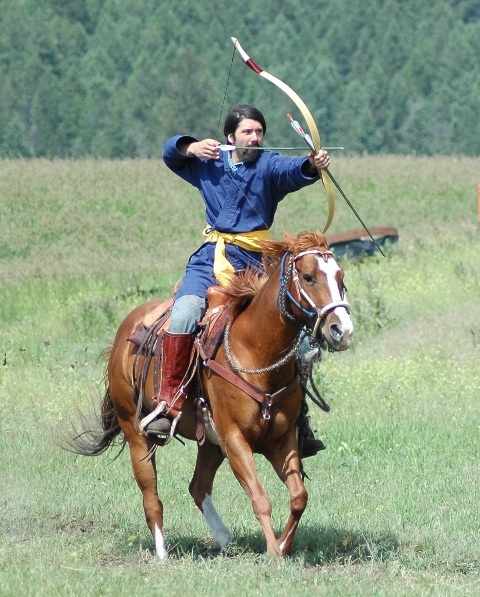
|

|
| find events | what to expect | contact | about... | community... | sangha login |
Gar-tak Martial Art training seminar and retreatPublic program with Naljorpa Chhi'mèd KünzangNon-residential weekend with Chhi´mèd Künzang
Saturday 24th Monday 26th September 2016 inclusive, 9am to 5pm
The group will meet and greet each other over dinner, Friday 23rd.
This three day event will introduce the Space element cycle of ’phrul’khor (martial forms) and their application in the context of full-contact martial combat.
Gar-tak: Gar-tak is a system of martial arts, based in a Buddhist meditation practice, that expresses the ethos of the enlightened hero of Tibet, Ling Gésar. This three day event will introduce the Air Element cycle of ’phrul’khor (martial forms) and their application in the context of full-contact martial combat. Daytime attendance will be oriented to physical practice. There will be an option to attend teachings and ask more questions about the Gar-tak system of martial arts and its context of Vajrayana Buddhism on the Saturday and Sunday evening at no extra cost. It is common to emphasise ‘self-defence’ as the rationale for combative training – but this rationale is non-functional from the Buddhist perspective. The Tibetan name is Dra’dül Gar-tak Nyèn-Kyong – the dancing tiger who protects relatives and friends by subduing enemies. This we abbreviate to Gar-tak. ‘Nyèn-kyong’ means ‘protecting relatives and friends’ – and this term stresses the primary emphasis on protection and the defence of others. Without a clear understanding of this other-focused motivation, the practice of Gar-tak would be misguided. Before any discussion of the methods by which Gar-tak may be enacted – it is imperative to understand the principle and function of the art. Based upon compassionate motivation – the psycho-physical methods of Gar-tak evolve through practice. The spiritual aspect of Gar-tak is present from the outset – and blossoms into a tangibly-effective physical expression of nondual awareness: the Dancing Tiger of Gar-tak. Combative Conviviality: The spirit of ‘protecting friends and relatives’ requires that Gar-tak practitioners recognise each other as friends and family. This intimate sense of relationship creates an ethos of interpersonal warmth and conviviality. Achieving this, practitioners self-select as troupes of aspirants for whom the dynamic result of Gar-tak becomes attainable. Gar-tak draws its ambient texture from the realm of the battlefield. Rather than insisting on a saccharine absence of conflict, we acknowledge that apparent conflict exists within the structure of life – and enter into apparently-conflicted scenarios with informed playfulness. We learn to dance with conflict and see the humour in apparently-conflicted life situations. Gésar teachers therefore encourage a gestalt of combative conviviality. Combative conviviality arises when the language of conflict becomes an arena of play. Once conflict is seen as play – it unravels itself. It becomes empty of aggression. |
 $150 for three day attendance This is a non-residential event. There may be an option to arrange group accommodation. Please contact This e-mail address is being protected from spam bots, you need JavaScript enabled to view it for more details. Registration prior to the event is essential. If you have not previously attended a Gar-tak weekend, please contact the organizer before booking your place. All Aro gTer retreats are non-smoking events. Smokers are welcome to attend, but in accordance with Nyingma teaching, and Vajrayana Buddhism in general, we require participants to desist from the smoking of tobacco for the entire duration of the retreat – both on or off the premises where retreats are held. Tobacco in any form should not be brought to the retreat. |